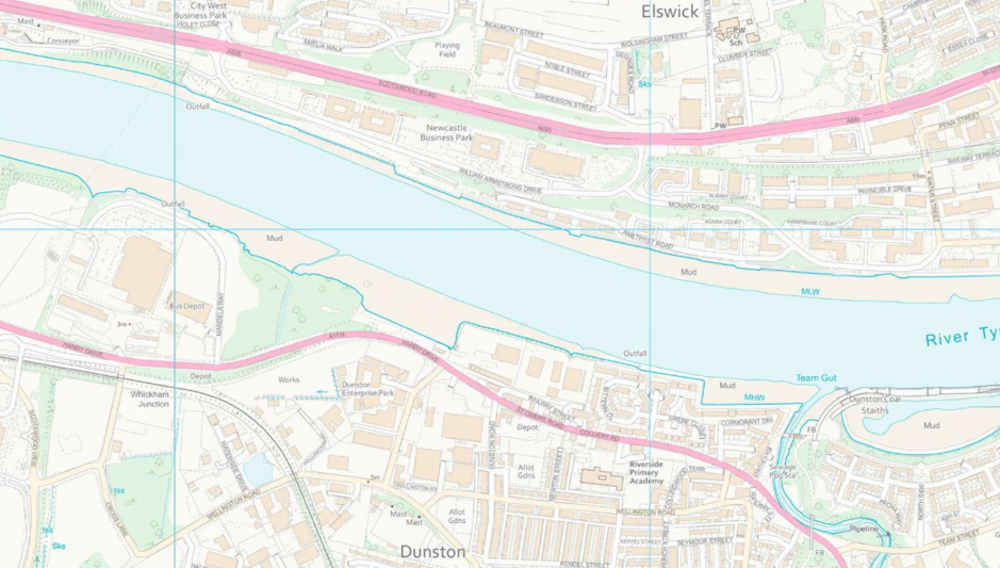- Home
- Articles
- Architectural Portfolio
- Architectral Presentation
- Inspirational Stories
- Architecture News
- Visualization
- BIM Industry
- Facade Design
- Parametric Design
- Career
- Landscape Architecture
- Construction
- Artificial Intelligence
- Sketching
- Design Softwares
- Diagrams
- Writing
- Architectural Tips
- Sustainability
- Courses
- Concept
- Technology
- History & Heritage
- Future of Architecture
- Guides & How-To
- Art & Culture
- Projects
- Interior Design
- Competitions
- Jobs
- Store
- Tools
- More
- Home
- Articles
- Architectural Portfolio
- Architectral Presentation
- Inspirational Stories
- Architecture News
- Visualization
- BIM Industry
- Facade Design
- Parametric Design
- Career
- Landscape Architecture
- Construction
- Artificial Intelligence
- Sketching
- Design Softwares
- Diagrams
- Writing
- Architectural Tips
- Sustainability
- Courses
- Concept
- Technology
- History & Heritage
- Future of Architecture
- Guides & How-To
- Art & Culture
- Projects
- Interior Design
- Competitions
- Jobs
- Store
- Tools
- More
Why Accurate Mapping Matters: Leveraging OS VectorMap Local for Planning Applications

Every successful planning application begins with clarity. Before blueprints are drawn or boundaries defined, a proposal must stand on a foundation of factual spatial data. Inaccurate maps can distort the reality of a site, misrepresent its dimensions, and introduce costly complications during assessment. Local authorities rely on exact mapping information to verify proposed developments, so when submissions fall short of these expectations, delays, objections, or outright rejections are almost inevitable.
Table of Contents
ToggleThe Role of OS VectorMap Local in Planning
OS VectorMap Local is a tool that allows developers and planners to have an authoritative and highly detailed perspective of the environment. This electronic mapping system records roads, structures, geographical characteristics, and topography with amazing accuracy. It is accurate enough to help create site plans which are up to the official standard, with boundaries, access routes and utilities accurately portrayed. The utilisation of this data resource is professional, conforms to the mapping regulations and reduces controversy surrounding spatial accuracy.

Understanding Legal and Regulatory Demands
Local planning authorities require submissions that correspond exactly with recognised geographic datasets. Each element on a submitted plan must align with official coordinates, scale, and positional accuracy. Regulations surrounding mapping are not simply bureaucratic hurdles; they safeguard the integrity of the built environment. When every line, measurement, and plotted point can be traced to a verified dataset, authorities gain confidence that a proposal is based on dependable information.
Avoiding the Pitfalls of Inaccurate Data
Inconsistent or outdated mapping introduces a ripple of risk throughout a project. A misplaced boundary might interfere with a neighbour’s land, or an overlooked feature could result in unexpected infrastructure costs. Rectifying these problems consumes valuable time and resources. By beginning with current and precise geospatial data, planners can avoid the need for revisions and prevent administrative setbacks.
Enhancing Communication with Stakeholders
Clear and reliable maps enable everyone involved to read the same spatial context. Surveyors, engineers, inspectors, and architects can share the same reference points and ensure that there is cooperation and not confusion. When all professionals involved are using the same visual and factual platform, misunderstandings are reduced, and progress becomes easier. Correct mapping is a common language between the technical experts and the decision makers.

Integrating Data into the Digital Workflow
The introduction of the digital systems replacing the paper-based plans has transformed the manner in which mapping information is utilized. Digital cartography allows the planners to superimpose various information layers, e.g., environmental constraints, transport routes and zoning areas. The combination of these data sets makes a multidimensional perception of a site. This holistic approach results in more accountable design decisions, which aligns the development and sustainability objectives and priorities with the interests of the community.
Streamlining Approvals and Compliance
When mapping aligns precisely with official standards, planning officers can assess proposals more efficiently. Submissions that incorporate verified geospatial data require fewer clarifications, allowing applications to move through the review process faster. Compliance with mapping accuracy also demonstrates a developer’s commitment to transparency, reducing the likelihood of disputes after approval.
Supporting Long-Term Project Viability
Trustworthy spatial data does not just aid in early approval. It offers a long lasting record that aids future maintenance, asset management and redevelopment. Maps of high quality will guarantee that site information will be useful even after construction is finished to provide a dependable repository of data that can be used in the future during planning or to upgrade infrastructure.

Building Trust Through Accuracy
Planners and developers who rely on the credible mapping sources gain the trust of both the planning authorities and the local communities. When the visual evidence coincides with reality, trust is built and the impression is strengthened that the project has been carefully and responsibly planned. Conversely, inconsistent mapping kills confidence and sparks questioning that can paralyze progress.
The Essential Takeaway
Successful planning is not based on the persuasive design alone but on the quality of its data base. Planners and developers can make all decisions based on verifiable information by ensuring that each decision is based on accurate mapping like OS VectorMap Local. Mapping accuracy safeguards the projects against mistakes, maintains the legal standards, and lays the foundation for an easier cooperation and approval. In the modern dynamic planning environment, geospatial accuracy is not a luxury, it is a necessity.
illustrarch is your daily dose of architecture. Leading community designed for all lovers of illustration and #drawing.
Submit your architectural projects
Follow these steps for submission your project. Submission FormLatest Posts
Top 8 Luxury Vacation Rentals Features Guests Love Most
A luxury vacation rental offers an entirely different experience than a typical...
Why Local Expertise Matters: Choosing the Right Plumbers in Townsville
Why Local Expertise Matters: Choosing the Right Plumbers in Townsville When it...
Bathroom Remodel ROI: How to Add $15–30K to Your Home Value in 2025-2026
Outdated bathrooms can drag a listing 20-30% longer on the market. Buyers...
The Key Factors to Review When Comparing Fiber Providers in Minneapolis
Looking for a fiber provider in Minneapolis can feel surprisingly overwhelming. The...












Leave a comment